There’s one guy waiting on the trail when I show up. He’s a volunteer like me. We make small talk about the weather (cold, raining), the parking situation in Washington Park (I walked, I live a couple blocks away), and why we’re here.
“I have to do some volunteer hours for work,” he says. I wonder if “volunteer hours for work” is ever a euphemism for “community service for a spot of trouble I got into,” and this possibility sounds so agreeable that I wish that we were both actually doing community service, so that we could compare notes about the various jobs we’d picked up to get our sixty or one hundred hours in, while politely avoiding any mention of the (completely relatable) spot of trouble that landed us here in the first place.
Pretty soon a few more people show up. One of them tells me that she decided to do this because she wasn’t happy with how the election turned out, and it seemed like a good time to just concentrate on improving matters a little closer to home. “Same,” I answer back. “I want to do something right here in my own zip code. I like it here. Why not just concentrate on making this better?”
I have another reason: I’ve been missing gardening lately, but now that I’ve traded a house for a condo, there’s no easy way to pick it back up again. Flower pots are okay, but they’re more like short-term craft projects than gardening. I want to dig into the actual earth, as in, the planet, the one we live on, not scoop potting soil out of a bag.
I’ve put my name on the list for a community garden plot, but my neighbors are ahead of me on the list and they’ve waited two years already. Over beers we like to speculate about who we’re going to have to kill to get to the top of that list, but we’ve made no real headway in identifying a target. (I wish I could tell you that this is the pilot for my new show on Hulu, but a murder plot in which nobody can figure out who to murder isn’t much of a story.)
A parks department staffer drives up and we unload our gear: rakes, loppers, gloves, trash cans, and a few soil knives, which is a type of trowel with blades along the sides for stabbing into the soil to kill a plant at its roots. Because they’re in short supply, they go to the more experienced volunteers. I’ve come close to snipping a finger off with a pair of loppers before, so I’m in agreement that I shouldn’t be trusted with a soil knife.
Although the signs advertising this event had promised that volunteers would have the opportunity to learn about native and invasive plants, there really isn’t much to learn. “We’re after the English ivy and the blackberry,” she says, and gestures alongside the trail, where the ivy and blackberry is, in fact, colonizing stands of maples and Douglas firs. The ground slopes downhill from where we’re standing. We’re welcome to venture down there with our gear and yank out as much as we can.
I drag my can off the trail and start grabbing ivy. It’s buried under layers of sweetly rotting maples leaves, the top leaves all freshly fallen, gold and crimson and slick with rain, while underneath, last year’s layer has already crumbled into mulch. The ivy weaves in and out of this leaf litter. Tracing it back to its roots involves overturning all these leaves and untangling the spindly branches of little shrubs in the undergrowth.
“Wow, you really have to keep digging to even find out where it starts,” the guy next to me says.
“Yeah, but then you get to rip it out by the roots, and the whole thing breaks loose,” I answer back. “I wish all my problems were this easy to solve.” I toss about a half mile of ivy in the garbage can and dive back in for another one.
On I rummage through the leaf litter, thinking of what a pleasant start this would be to an episode of Vera, or any crime show, in which a crew of brush-clearing trail volunteers stumble across a body under the leaves. I decide that I wouldn’t like it to be a fresh body—that would of course be terrifying and revolting—but it could be a very old body, a skull, maybe. I could handle a small skull, especially if there was also a suspicious locket nearby.
That would make it an old, long-forgotten case. Once Vera had a forensics report with some hint of the skull’s age, she’d go rummaging through the files. That would lead her to the long-retired cop from that case, who would refuse to talk about it and would tell her to bugger off, and then go back to planting his potatoes. Eventually, though, that older case would get tied to a new case—a fresh body, this one discovered by some other poor sap, not me—and then Vera would be able to bust the case open and the cop would have to confess to what he knew, and produce the piece of evidence that he’d hidden away for too long, for the wrong reasons.
I fill a garbage can with ivy and one of my fellow volunteers helps me heft it into the back of the parks department truck and turn it over. A very satisfying mound of vegetation is taking shape in the back of the truck. Down the ravine I go for another load.
I know, of course, that what we’re doing is futile. We can’t stop the ivy and the blackberry. They’ll grow right back. To return again and again seems almost pointless, more like a game of whack-a-mole or a mindfulness exercise at a Zen retreat. But a future of only ivy and blackberry is not inevitable. We can, at least, keep them at bay. And if we clear some space, we’ll make room for something else to grow.
Make a metaphor out of that if you want, I’m just over here pulling weeds.
It’s raining harder now, but you don’t notice the rain so much under the tree canopy. The water has soaked all the way through my shoes. I’ve already decided that I love this so much that I’ll be back with proper muck boots next Monday, and a better pair of gloves. It hasn’t even been an hour yet—although I’m not sure, as my phone is tucked away in some inner layer of clothing I couldn’t possibly reach right now, which is one of the reasons I’m so happy—and already I can tell that this is the best decision I’ve made in a long time.
It’s not a garden of my own, exactly. But this—crawling around under trees, yanking out ivy and blackberry, getting covered in dirt and scratched up and wielding those loppers—this is what I’ve missed about gardening. I know that by the time we’re done, I’ll be pleasingly sore just about everywhere. I’ll stagger home in my mud-soaked clothes, strip everything off and stuff it into the washing machine, and reward myself with a bath and a hot lunch. And maybe tonight, if I’m lucky, I’ll sleep all the way through the night and dream of nothing but sifting through piles of autumn leaves to find what’s underneath.
Come chat with my amazing audiobook narrator!
Have you ever wondered how audiobook narrators work their magic? How do you even get a job like that? How do you figure out how to voice the characters? What if you don’t like the book? (that’s my question!)
Well, you will have a chance to learn all this and more when we speak to the amazing Jade Wheeler, an accomplished actress, audiobook narrator, and speaker of many languages. She narrated The Tree Collectors, and she’s very kindly agreed to chat with me, and all of you, on Thursday December 5 at 5 PM Pacific/8 PM Eastern. Please pre-register at this link.
I will send a recording out to all of you the next day. If you have questions for Jade but can’t come to the Zoom talk, please do post them in the comments!
Also, if you’re a fan of audiobooks, I had a conversation with Christina Moore, narrator of my Kopp Sisters novels, several years ago. You can watch it here.
Learn how to start ANY drawing
A lot of new people have joined my weekly drawing lessons lately, so I’m doing a back-to-basics post about how I start any drawing. It has to do with putting in some basic constructions lines and “containers” for all the shapes to fit in. We go through a lot of different examples, including this one of the Brooklyn Bridge:
Also, starting in December, we’re going to be making some holiday-themed drawings, and I’m going to draw from the photos that everyone sends me, post those drawings and show how I did them, and send the finished drawings to the people whose photos I used. (that turned into a convoluted sentence, but you get the idea.)
So if you’d like in all all this goodness, join us! It’s only a few bucks per month, and you can give gift subscriptions to recruit your friends as well! You also get full access to this archive when you join, which has turned into a quite substantial library of art lessons.
So Many Announcements!
Here’s a radio interview I did on Oregon Grapevine if you’d like to give it a listen.
Also Portland! Do you like whiskey? Do you also like books? Then how about grabbing tickets to Multnomah Whiskey Library’s book fair on Dec 15?
Are you a florist, flower farmer, or flower lover? Maybe you’d like to join the virtual Slow Flowers Summit, where I’ll be teaching an art workshop called Draw Your Design, about drawing flower bouquets. Mine is only one of fifteen presentations about seasonal and local flowers, flower farming, and floral design. If you’re interested, use this promo code to get $50 off: $50OFFWORLDWIDE
Order signed copies of my new book, The Tree Collectors, from Broadway Books here in Portland.
Come find me on Instagram, or see paintings for sale- Right here
Order signed copies of some of my books from my husband’s bookstore, or order my books and many books I love at Bookshop.org
Take one of my online writing or art classes here
Leave a comment! I love to hear from you!




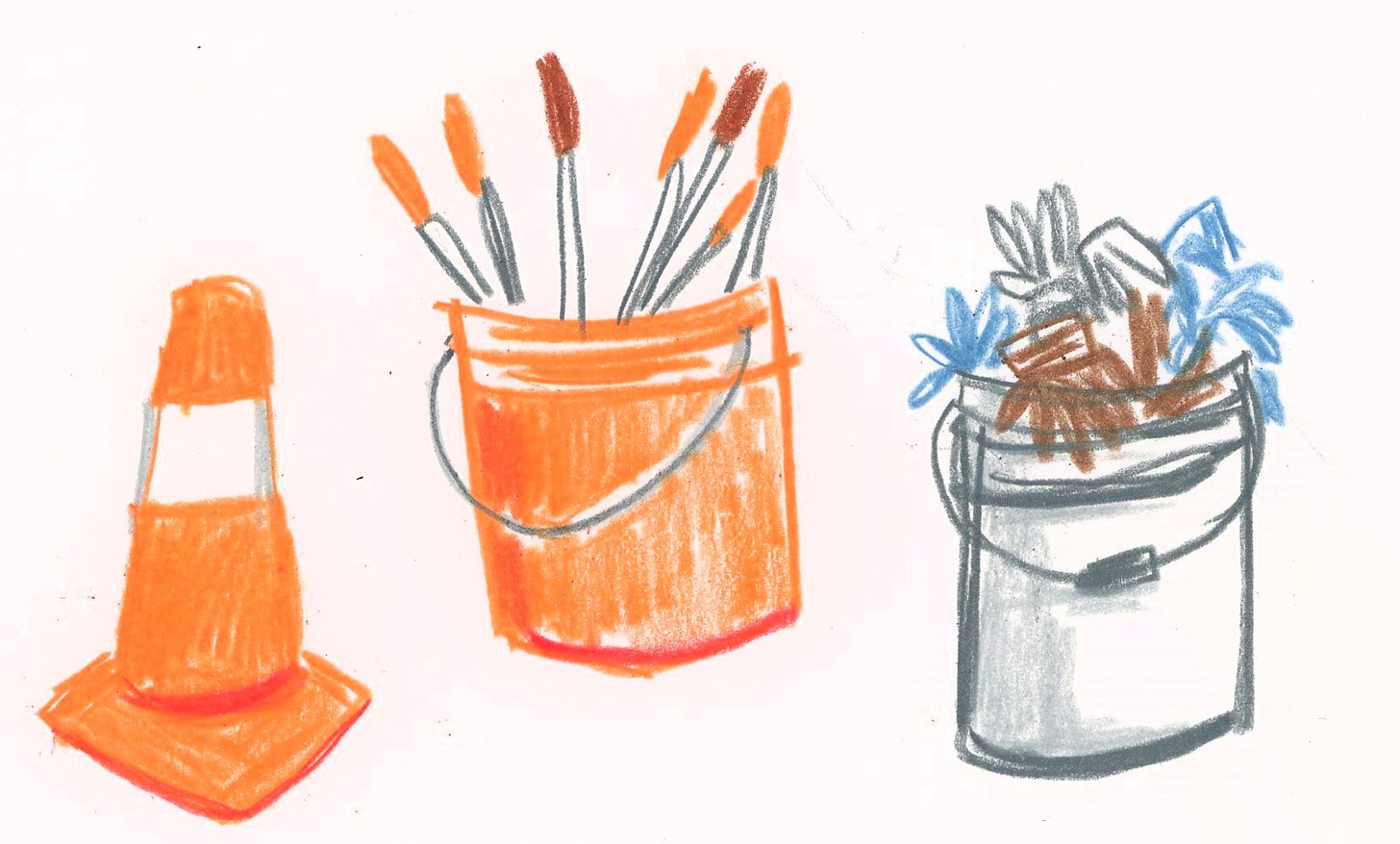
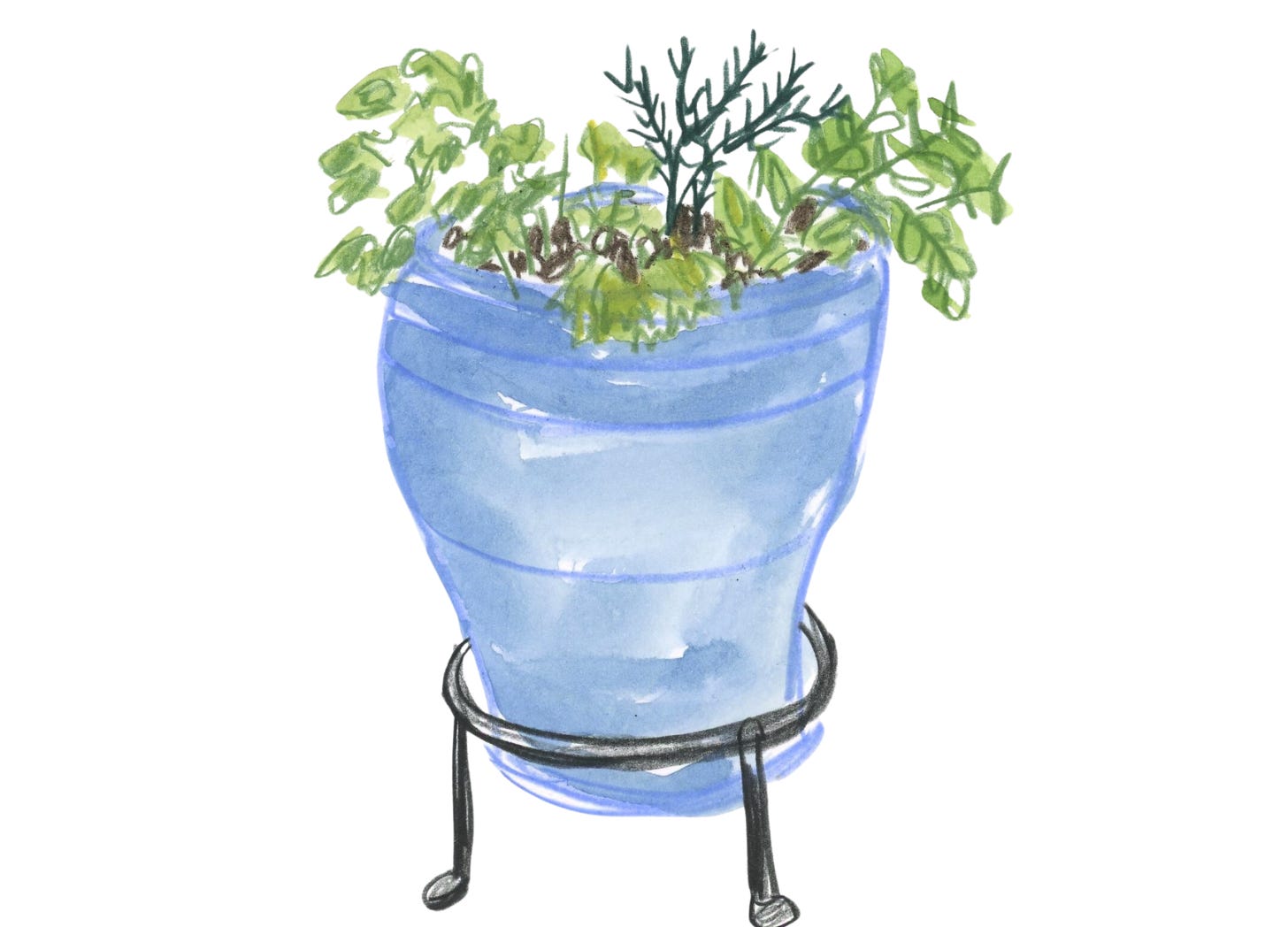
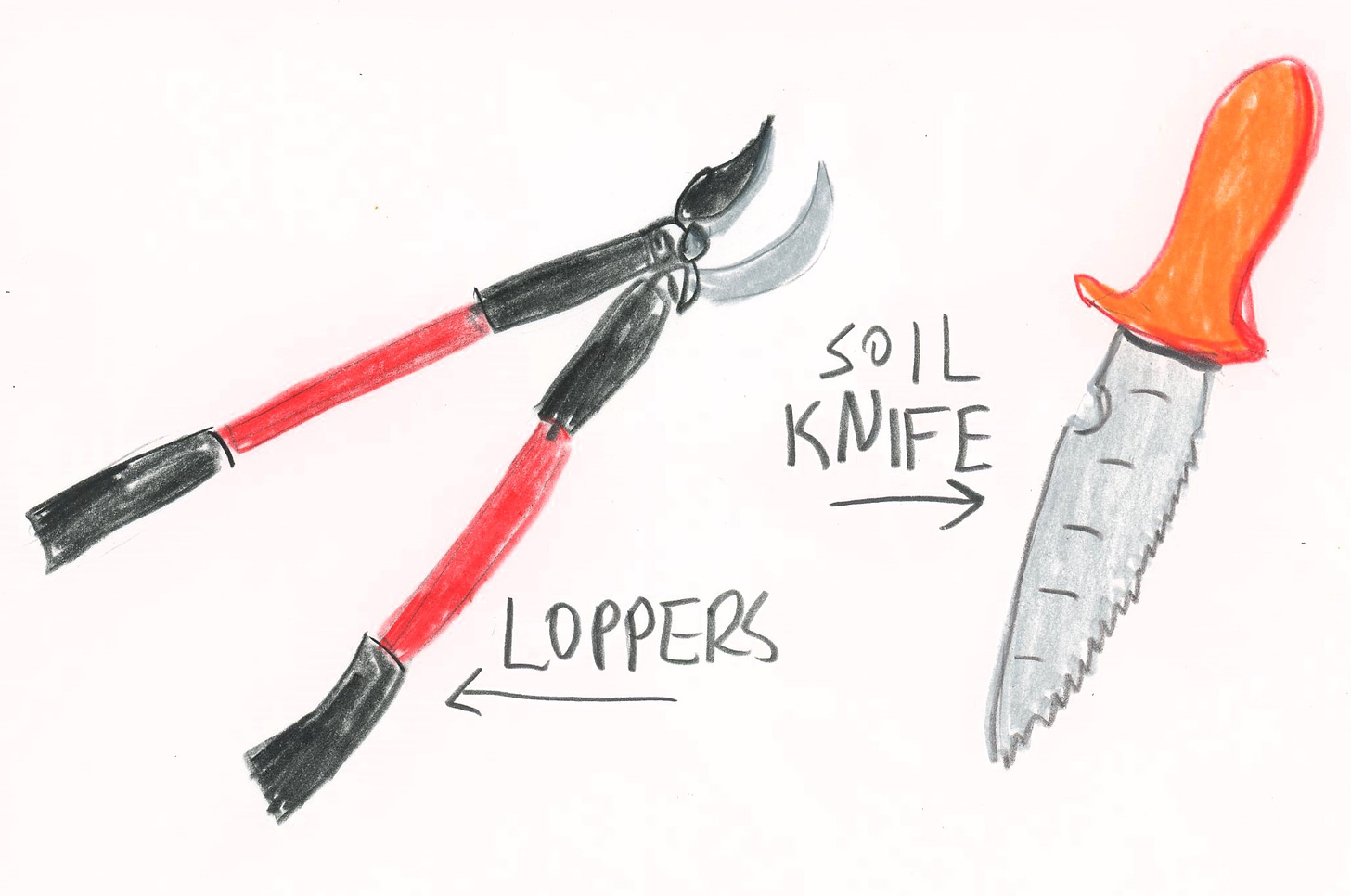

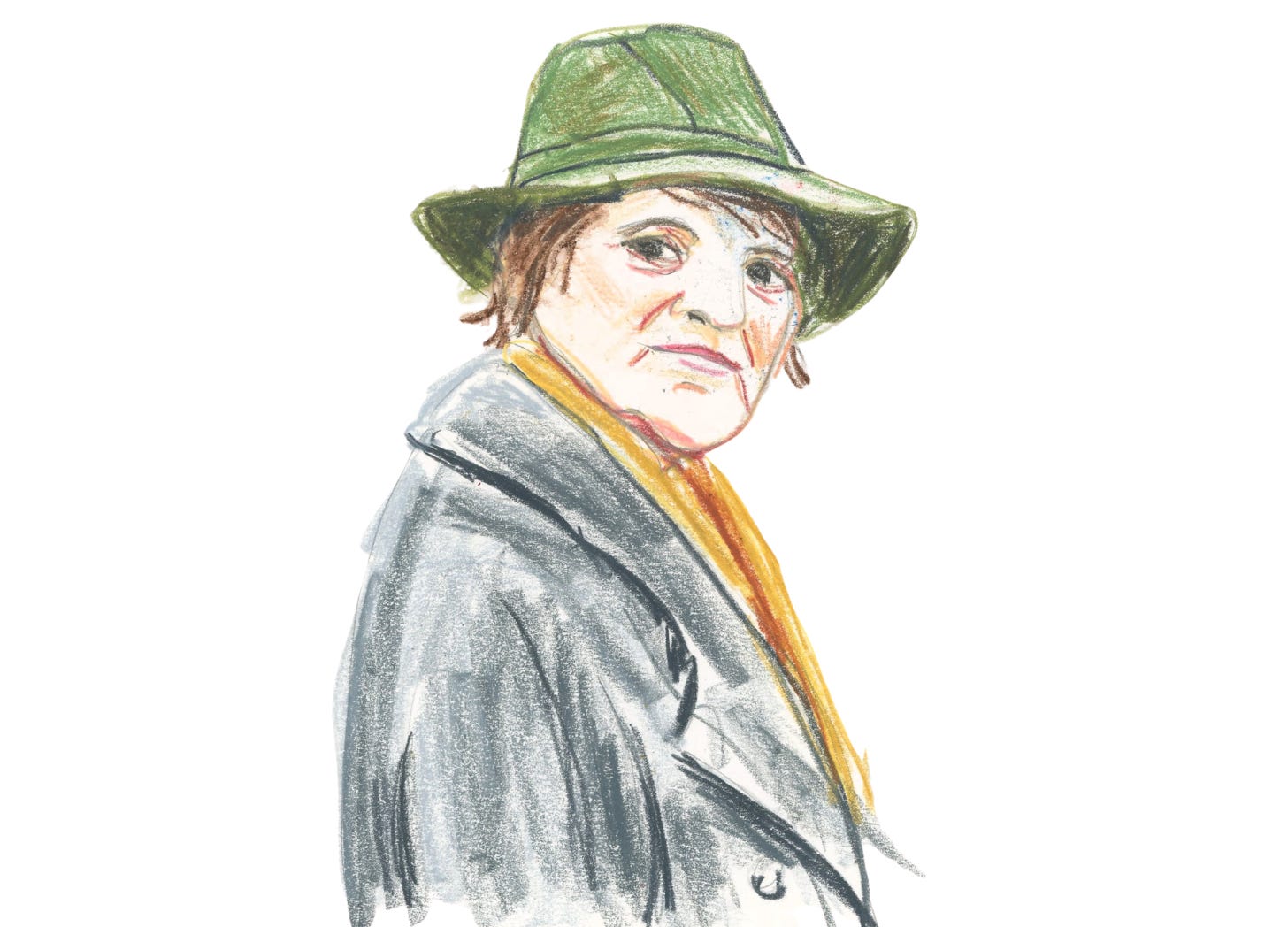
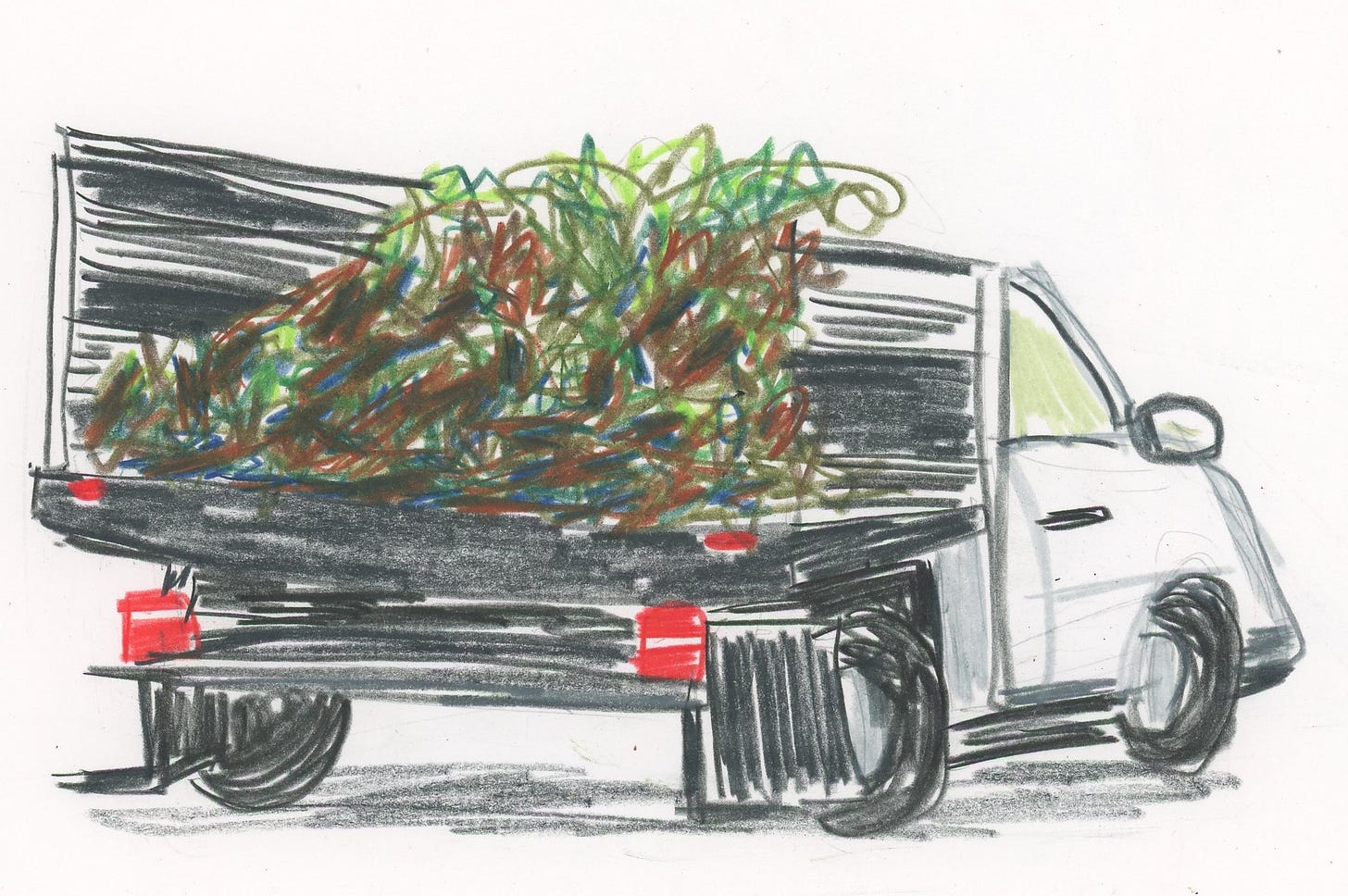
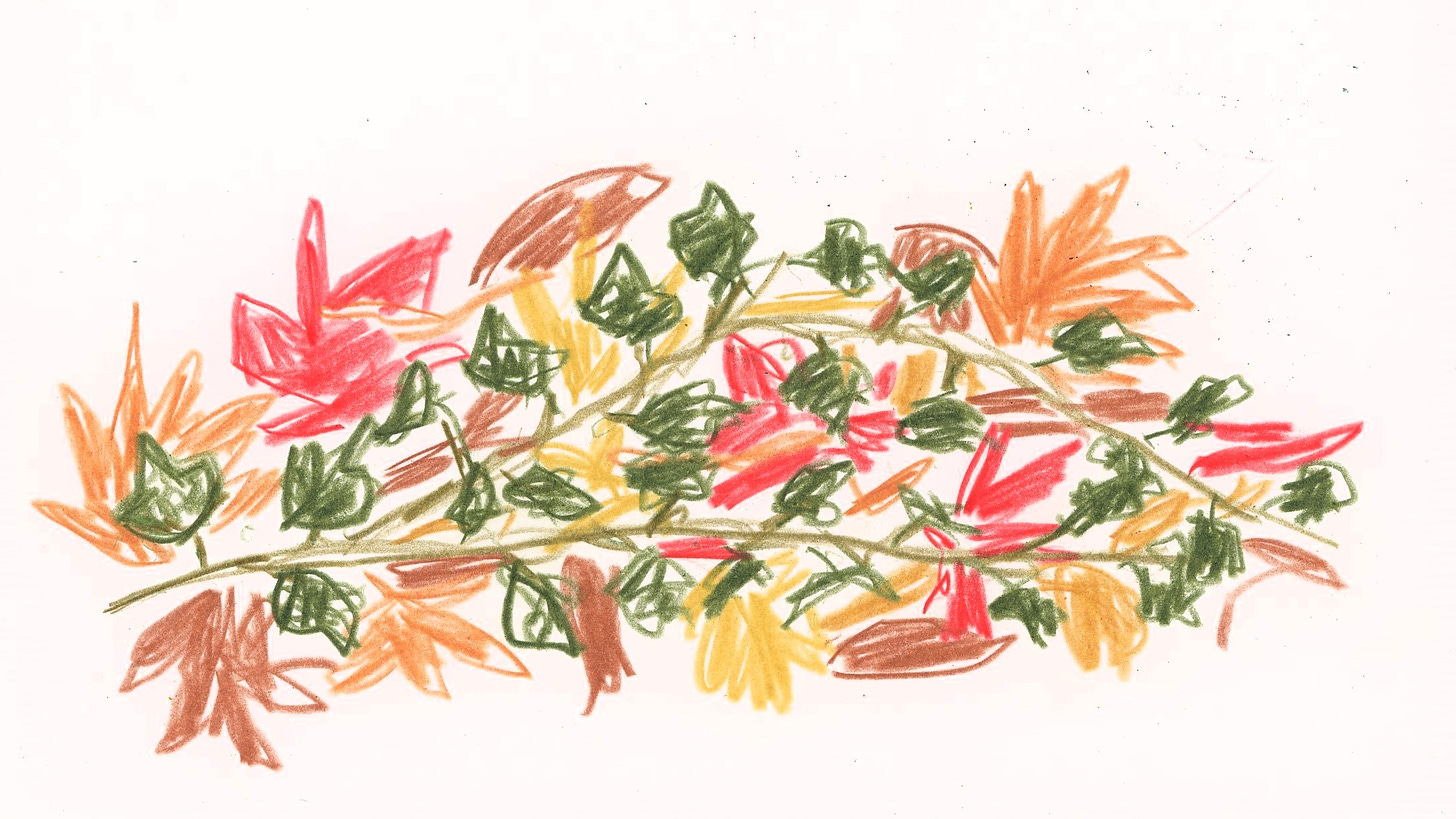

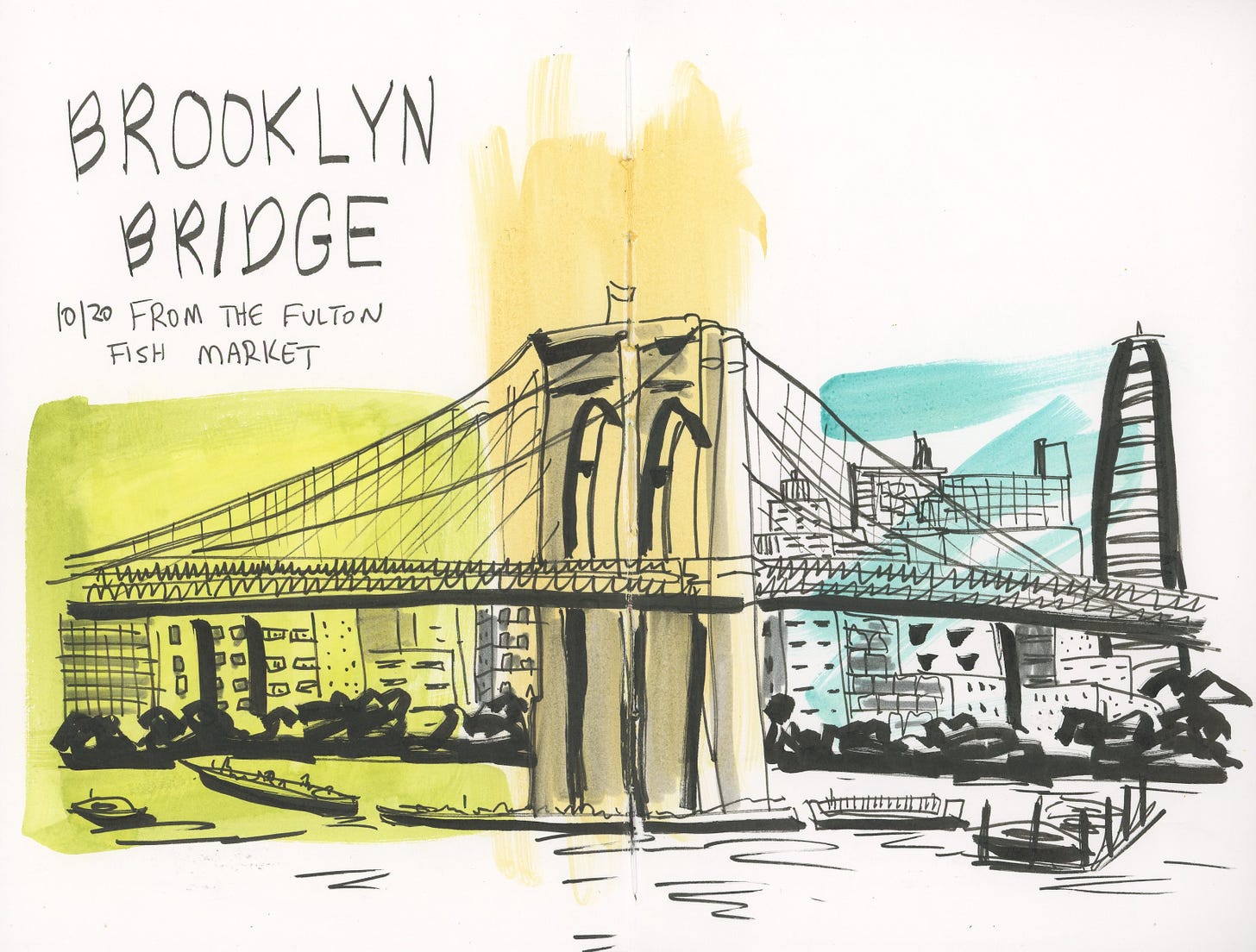
“And if we clear some space, we’ll make room for something else to grow.” Beautiful. I’ll think of this often. So many weeds!!
You’ve put a big smile on my face this morning! I just may become a made subscriber!